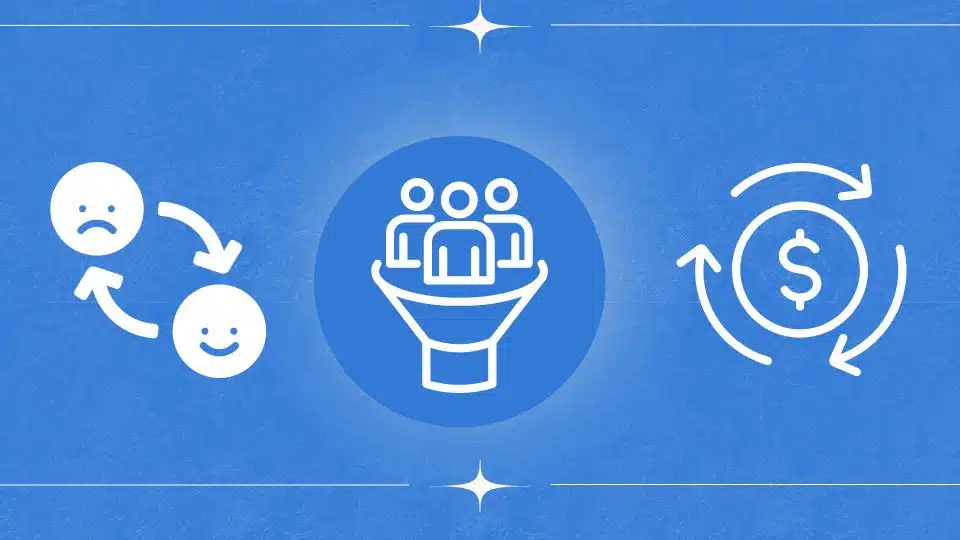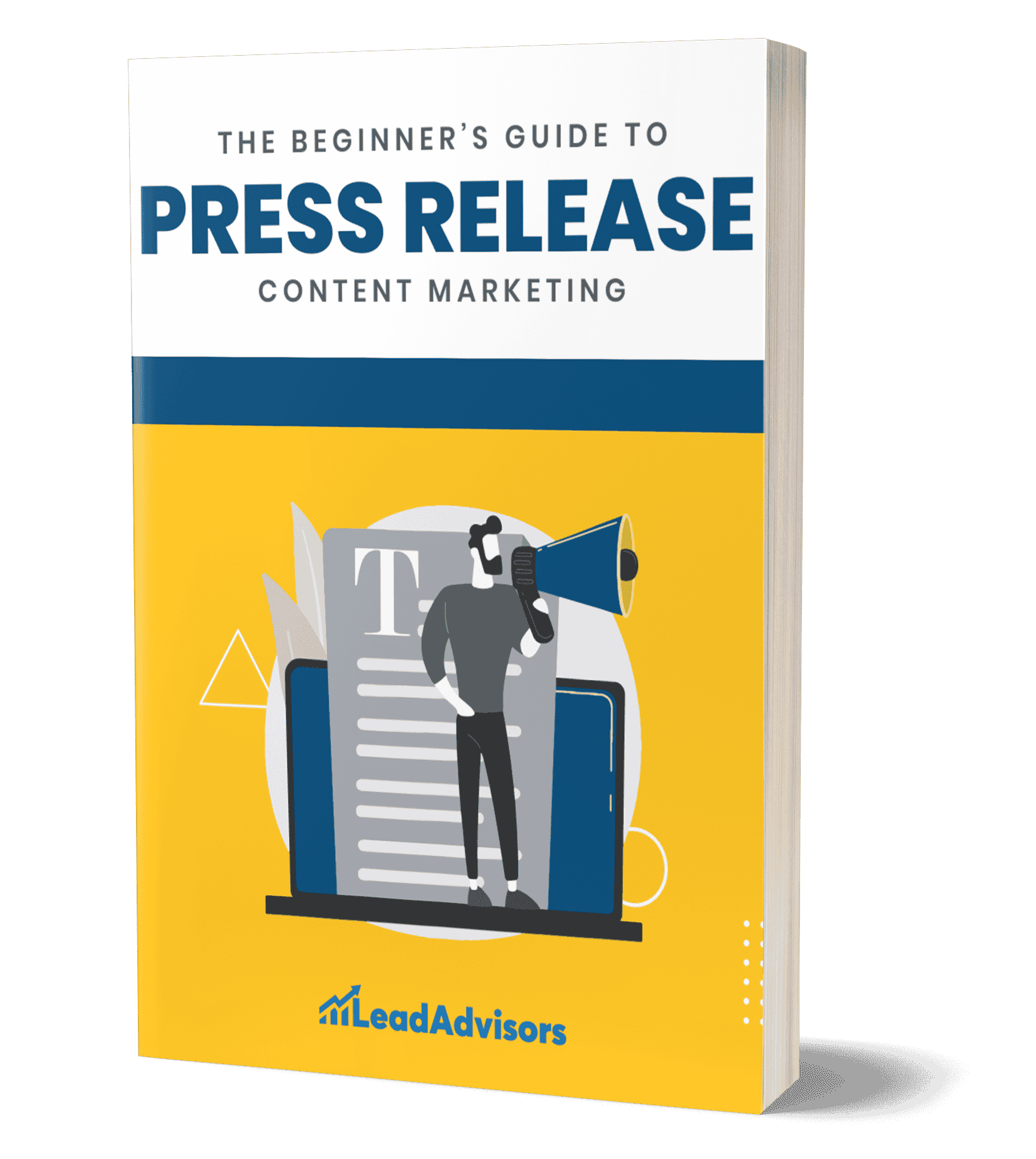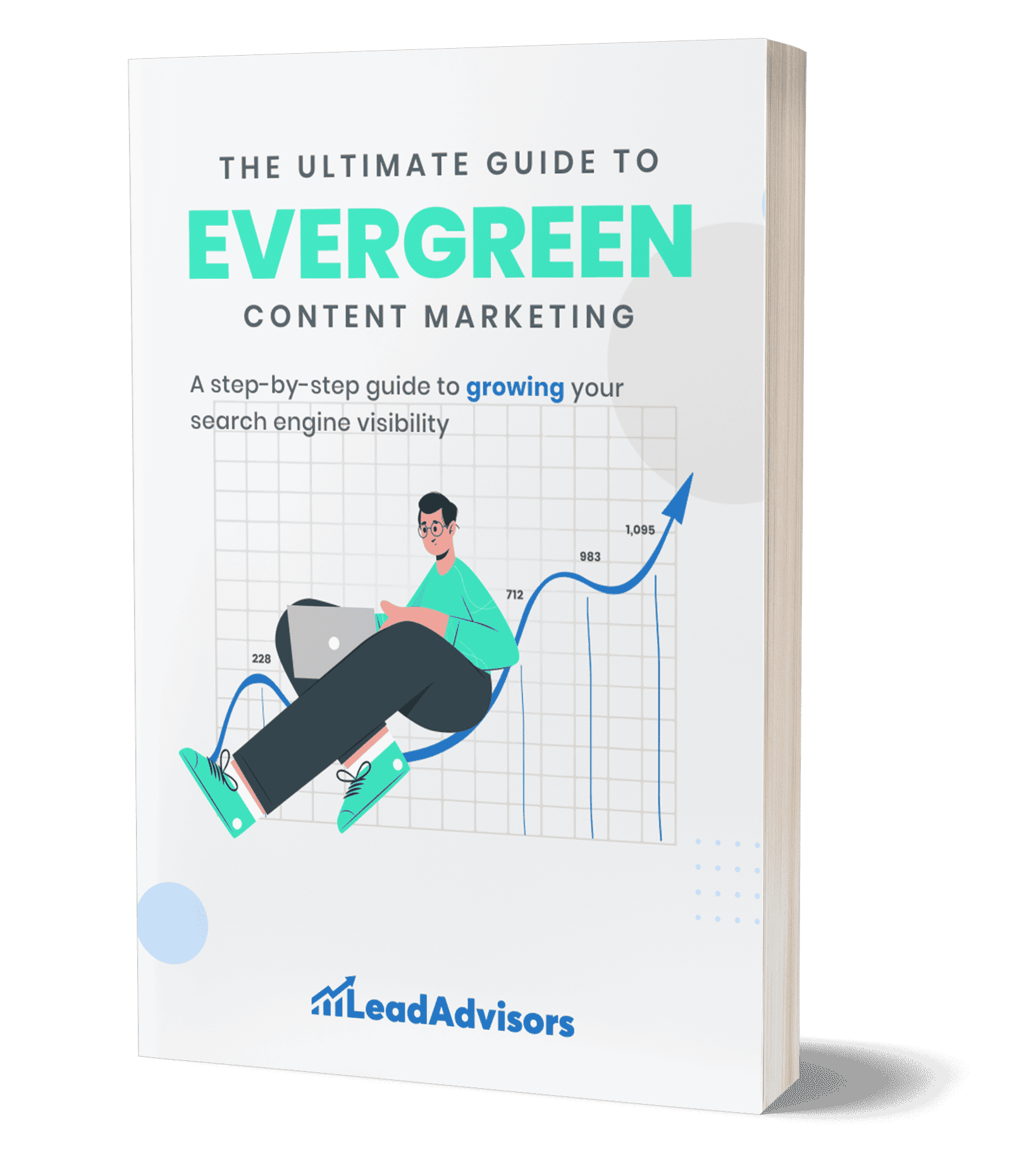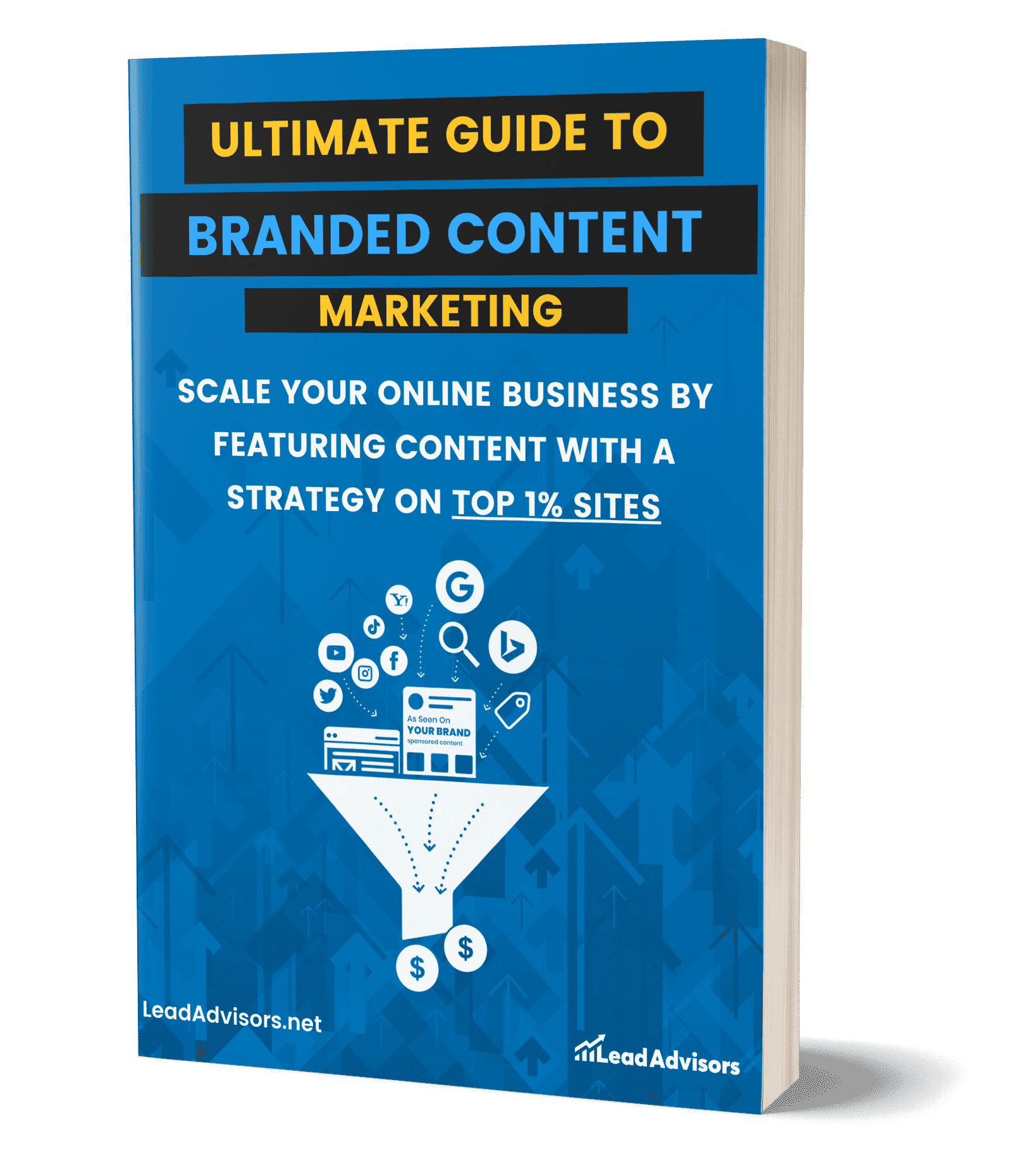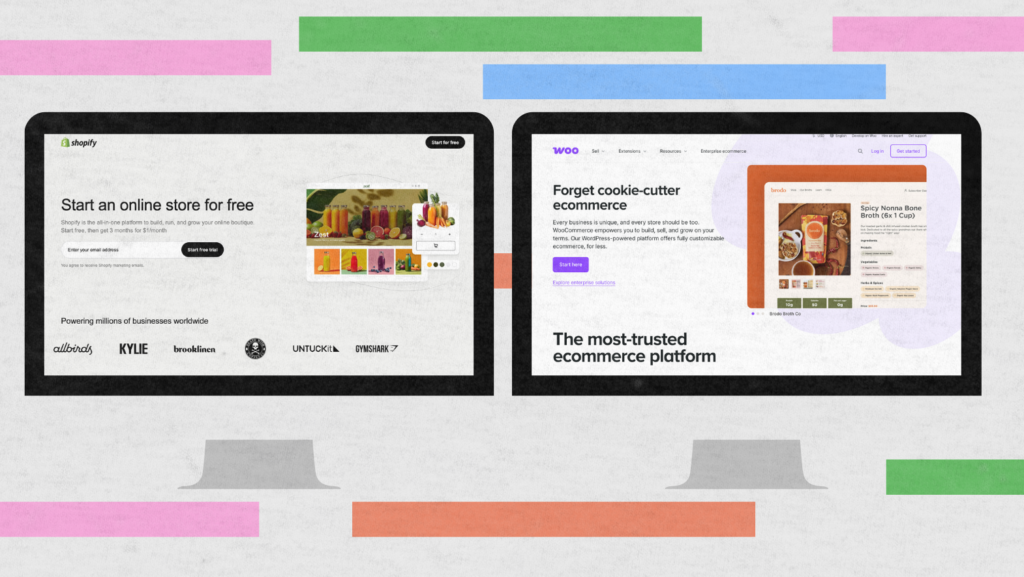Many businesses face low conversion rates, high bounce rates, and missed sales opportunities, causing frustration with their marketing efforts. Business owners have already leveraged user feedback analysis, optimized their content production process, refined keyword placement, and conducted content gap analysis. Now, they are focusing on conversion funnel optimization to guide potential customers seamlessly from awareness to purchase.
This article tackles how conversion funnel optimization works and how you can refine each step of the customer journey. Learn actionable strategies to enhance user experience, reduce drop-offs, and drive higher conversions at every funnel stage.
What Is a Conversion Funnel?
A conversion funnel visually maps out the customer journey, illustrating each step from initial contact to the final action. It comprises stages like Awareness, Interest, Desire, and Action (AIDA), guiding prospects from discovering your brand to making a purchase. Tools like HubSpot, click funnels, and the like can help businesses or website owners monitor their conversion funnel.
Now and then, it is important to optimize your conversion funnel with tactics like SEO, content promotion strategies, and social media to attract visitors and create brand awareness. As prospects move further down, targeted strategies such as content segmentation, keyword research, and user intent analysis engage them.
Regularly auditing a website ensures that each stage performs optimally. By refining each funnel stage, businesses effectively guide users, boost conversion rates, and transform visitors into loyal customers.
You May Also Like: How to Start a Newsletter
What Are the Stages of a Conversion Funnel?

Understanding the stages of a conversion funnel is crucial as it maps the customer journey and pinpoints where drop-offs occur. These are the stages of a conversion funnel:
Awareness Stage
The Awareness Stage is the top of the conversion funnel, where potential customers first encounter your brand. Marketing efforts like SEO, social media posts, paid ads, and content marketing drive this initial contact.
Overall, the main goal here is to capture attention, boost brand visibility, and spark interest in your offerings. By effectively engaging prospects at this stage, you draw visitors into the sales funnel, setting the foundation for deeper engagement and eventual conversion.
Interest Stage
In the Interest Stage, prospective customers who are aware of your brand start exploring your offerings further. The focus here is to engage these potential customers with targeted content that addresses their needs and sparks curiosity. Use tools like blog posts, informative landing pages, and personalized email marketing campaigns to build interest effectively.
Desire Stage
The Desire Stage centers on creating a strong desire for your product by showcasing your brand’s unique value. This is the point where you highlight how your offering stands out, addressing user pain points through compelling content like customer testimonials, product demos, and case studies.
Action Stage
In the Action Stage, the final conversion occurs as leads become paying customers, completing the funnel journey. To optimize this stage, use clear calls to action (CTAs), a streamlined checkout process, and incentives like discounts or free trials to motivate purchases.
Read More: Ecommerce SEO Audit: 6 Essential Steps for Online Store Success
How to Apply a Conversion Funnel Optimization
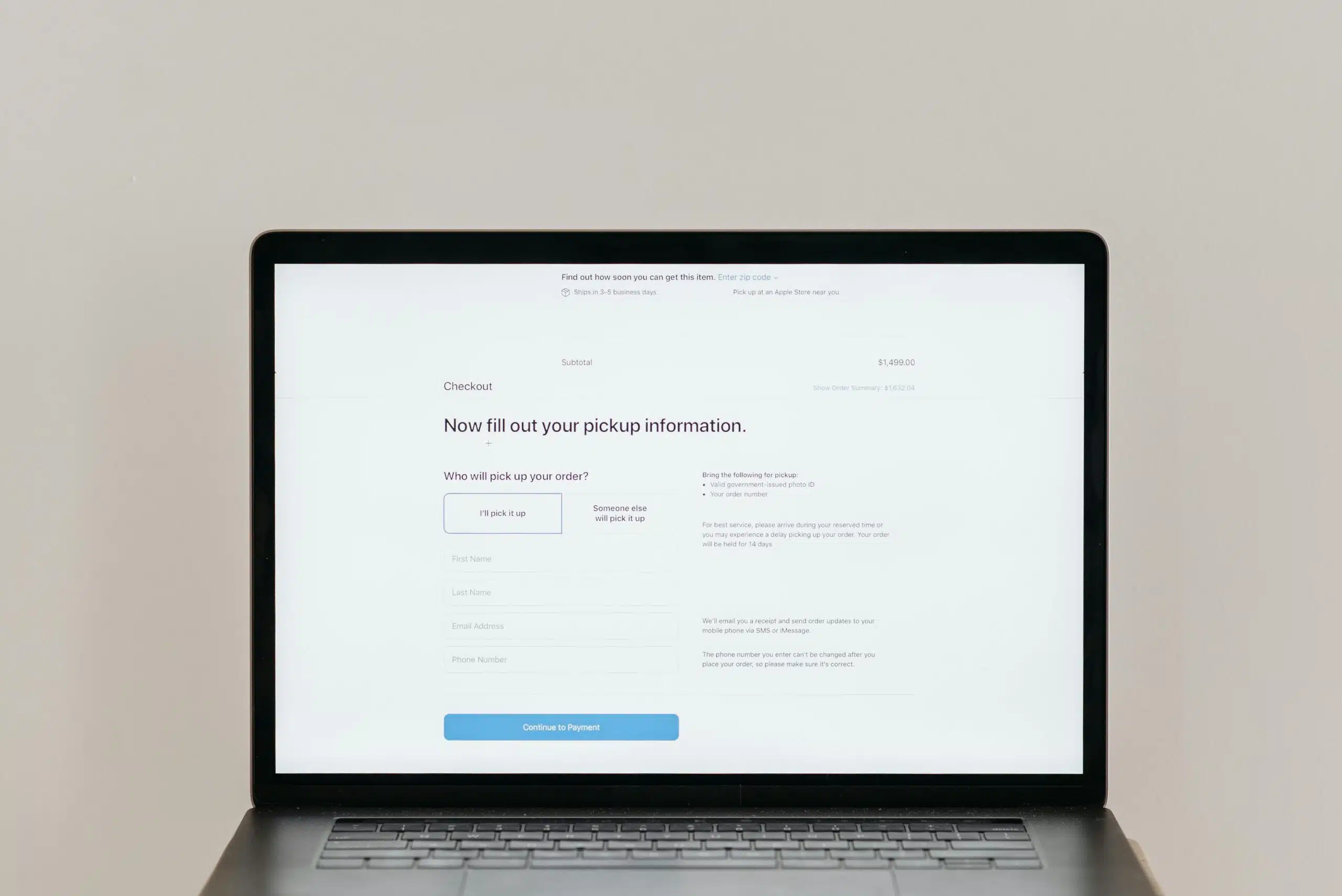
Optimizing each stage of the conversion funnel is crucial because it influences how well prospects move from awareness to action. These are some of the ways to optimize each funnel stage.
Top of the Conversion Funnel (Awareness)
As part of conversion funnel optimization, the top of the funnel focuses on attracting potential customers. It can be done through SEO, social media, content marketing, and local SEO marketing.
These strategies, combined with optimized website architecture and mobile optimization, aim to drive website traffic and increase brand visibility.
For instance, a skincare brand could write SEO-optimized blog posts about common skin concerns and share them on social media with eye-catching visuals.
This strategy boosts search engine rankings and captures attention on social platforms. By engaging potential customers early, the brand sets the stage for deeper interactions and guides them further down the funnel.
Dig Deep: Programmatic SEO: What You Need To Know
Middle of the Conversion Funnel (Interest/Desire)
In the middle of the funnel, personalize your approach with targeted email marketing, tailored landing pages, and retargeting ads. This stage focuses on addressing user pain points, showcasing unique benefits, and building brand loyalty to nurture leads closer to conversion.
To apply conversion funnel optimization, an online retailer might send personalized emails with product recommendations based on a customer’s previous browsing behavior, coupled with a limited-time offer.
This approach addresses specific customer needs and highlights the brand’s value. By delivering tailored content, the retailer effectively nurtures leads and drives them closer to conversion.
Read More: SaaS SEO Strategy for More Traffic and Signups
Bottom of the Conversion Funnel (Action)
At the bottom of the funnel, simplify the conversion process with clear CTAs, easy checkouts, and enticing incentives like free trials or exclusive offers. These tactics for conversion funnel optimization reduce friction.
For example, a subscription service might offer a “Start Your Free Trial” button, paired with a simple sign-up form and a hassle-free checkout. By minimizing steps and adding an attractive offer, they encourage users to take immediate action, enhancing overall conversion funnel performance.
You May Also Like: Guest Blogging: How to Write Compelling Content
How to Overcome Common Conversion Funnel Optimization Challenges

Overcoming common funnel optimization challenges is vital for maintaining an effective conversion process. By identifying and addressing these obstacles, businesses can refine their funnel, enhance user experience, and improve overall conversion rates.
Tackling these challenges ensures that potential customers remain engaged and are more likely to complete their journey from prospect to loyal customer.
High Bounce Rates
To reduce high bounce rates, focus on improving page load speed, enhancing the user experience, and aligning content with visitor expectations. These changes help keep site visitors engaged and encourage them to explore further.
For example, an online fashion retailer can speed up image loading, use a clean, mobile-friendly design, and display relevant product recommendations on landing pages. This visually appealing and fast-loading site encourages visitors to stay and browse, reducing bounce rates.
By enhancing the user experience, the retailer keeps potential customers engaged, moving them deeper into the funnel.
Low Conversion Rates
Use A/B testing to refine CTAs, landing pages, and other critical elements to address customer concerns and boost conversions when doing conversion funnel optimization. By comparing different versions, you can identify which design, wording, or layout resonates best with your audience.
For example, an e-commerce site could test two CTA buttons: “Buy Now” versus “Add to Cart.” This data-driven approach helps identify which version drives more clicks, allowing you to make informed adjustments. By optimizing CTAs, you enhance the user experience and boost conversions at every funnel stage.
Cart Abandonment
Combat cart abandonment by streamlining the checkout process, sending personalized follow-up emails, and offering incentives like discounts or free shipping. These strategies help re-engage customers and encourage them to complete their purchases, boosting both average order value and conversion rates.
For example, an online retailer can simplify the checkout by reducing form fields and adding a progress bar, then follow up with an email offering a 10% discount to those who left items in their cart. Moreover, this approach addresses common barriers and motivates customers to finalize their orders, reducing cart abandonment rates.
Ineffective Lead Nurturing
To address ineffective lead nurturing, segment your target audience using buyer personas and automate follow-ups with personalized content. This approach helps convert leads into satisfied customers and, eventually, brand advocates.
For example, a SaaS company can design email sequences tailored to different personas, like small business owners or enterprise clients, highlighting relevant features and solutions. By providing personalized content that addresses each segment’s specific needs, the company builds stronger connections and enhances the user experience.
This approach drives leads closer to conversion, turning them into loyal customers and brand advocates.
Read More: Pinterest Marketing: The Ultimate Guide
Frequently Asked Questions
What is the main goal of conversion funnel optimization?
Why do high bounce rates hurt funnel performance?
How can businesses reduce cart abandonment?
What tools help with conversion funnel tracking and optimization?
Why is personalization important in funnel optimization?
Conclusion
Conversion funnel optimization is essential for any business looking to improve conversion rates, enhance the customer journey, and maximize ROI. By strategically refining each stage of the funnel, from awareness to action, you can address pain points, engage your audience, and guide them smoothly toward becoming loyal customers. Don’t let potential sales slip away—take control of your funnel and drive real results.
Ready to optimize your conversion funnel and see real results? Contact LeadAdvisors today for expert guidance and customized strategies that elevate your business performance.

